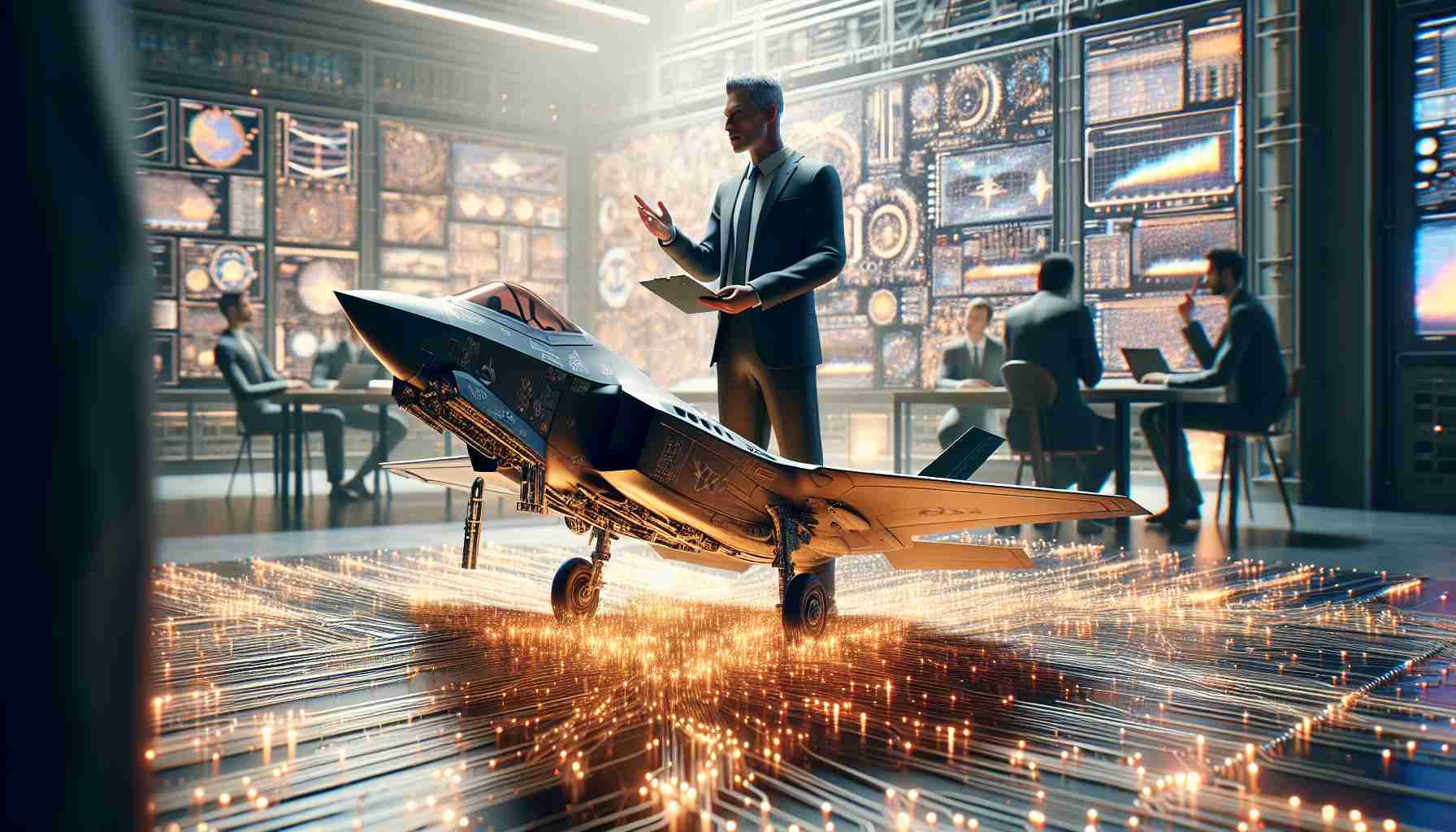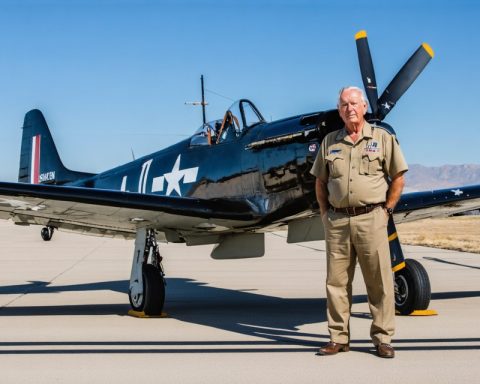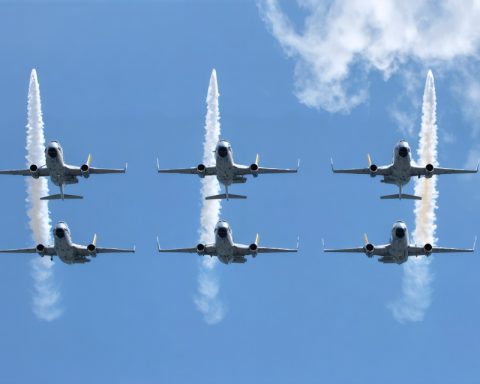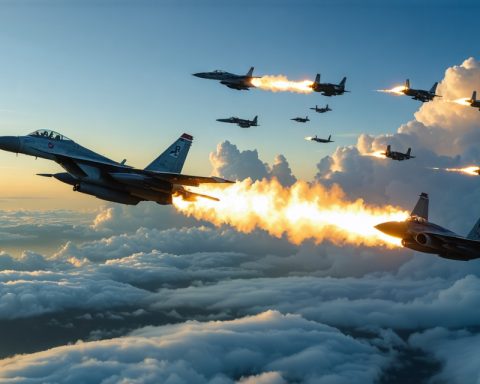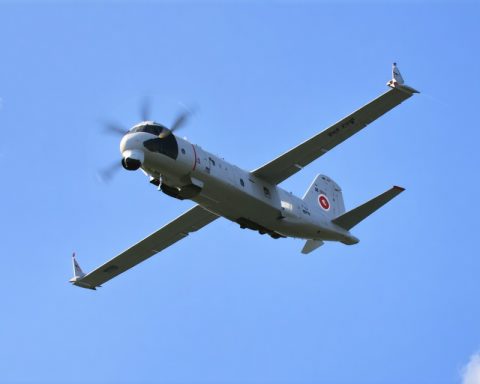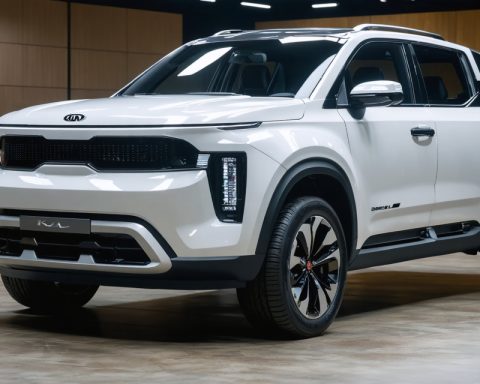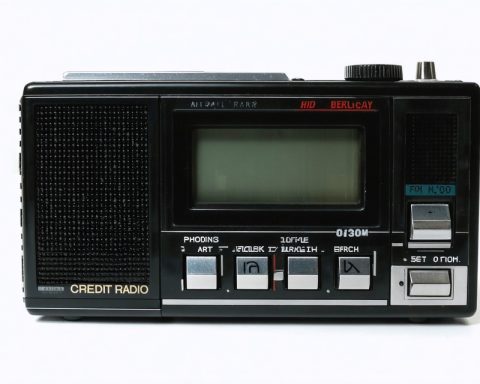The Future of Aerial Combat: Drones vs. Fighter Jets
The F-35 fighter jet program, managed by defense giant Lockheed Martin, faces renewed scrutiny after Elon Musk’s remarks about the rising capability of drones. Musk suggested drones could potentially replace the F-35, igniting a heated discussion about the future of aerial dominance. Additionally, confusion has arisen surrounding an incorrect report of a $1 trillion contract and speculation about the program’s cancellation by President-elect Donald Trump.
Lockheed Martin has clarified that no such massive contract exists, dismissing these reports as false. Meanwhile, Trump’s stance remains unclear, as he has not addressed these rumors through his favored social media channels. However, his advisor, Elon Musk, has not shied away from expressing skepticism about the F-35’s value in modern warfare.
At the 2024 Reagan National Defense Forum, Lockheed Martin’s CEO, James D. Taiclet, emphasized the evolving role of drones but also highlighted the indispensable nature of current fighter jets like the F-35 and the F-22. He conveyed that drones are indeed shaping the future of military aviation, yet underscored the need for a balanced approach that leverages existing military assets.
F-35’s Proven Combat Record
Despite Musk’s assertions, Taiclet pointed out that drones are not yet ready to replace manned aircraft in high-stakes situations. He argued that, when countering threats like China’s advanced J-20 fighter, traditional jets are still crucial. The F-35’s recent successful missions, notably within the Israeli Air Force, have demonstrated its effectiveness against sophisticated defense systems, reinforcing its strategic value.
With ongoing technological upgrades, including its latest TR-3 advancements, Lockheed Martin is committed to enhancing the F-35’s capabilities. These updates aim to seamlessly integrate the jet with AI-driven drones, ensuring that manned and unmanned systems complement rather than replace each other in future combat scenarios.
What are your thoughts on the future of air combat? Will drones take over? Let us know in the comments!
Unveiling the Future of Aerial Warfare: Drones vs. Fighter Jets
The ongoing debate about the future of air combat draws attention to the contrasting advantages of drones and fighter jets. As technology advances at a rapid pace, it’s crucial to examine the role of both systems in shaping modern warfare. While drones bring innovation and flexibility, fighter jets, like the F-35, continue to demonstrate their strategic significance.
Innovations and Technological Insights
Lockheed Martin is continuously upgrading the F-35 to keep pace with emerging threats and technological advancements. Recent innovations include the TR-3 (Technology Refresh 3) upgrade, designed to enhance processing power, computing capabilities, and provide seamless integration with AI-supported drones. This symbiotic relationship aims to maximize operational effectiveness by combining the strengths of manned and unmanned platforms.
Compatibility and Integration
The primary goal of ongoing upgrades is to create an integrated combat ecosystem where the F-35 can work in tandem with cutting-edge drones. This integration leverages AI technology to facilitate real-time decision-making and improve situational awareness on the battlefield. Such synergies are imperative for maintaining a tactical edge over adversaries equipped with next-generation fighter aircraft, like China’s J-20.
Pros and Cons of Drone-Led Combat
Pros of Drones:
– Cost Efficiency: Drone operations are generally more cost-effective, reducing the need for extensive pilot training and minimizing the risk to human life.
– Versatility: Drones can perform a variety of missions, from surveillance to precision strikes, at lower altitudes and without risk to pilots.
– Endurance: Drones can stay airborne longer than manned aircraft, providing persistent coverage and intelligence.
Cons of Drones:
– Limited Combat Capability: Current drones may lack the combat prowess and versatility of advanced fighter jets in high-threat environments.
– Dependency on Technology: Drones rely heavily on secure communication links, which could be vulnerable to cyber attacks and electronic warfare.
Predictions for the Future
Experts predict a balanced approach in future aerial warfare, where advanced fighter jets and AI-driven drones collaborate to achieve strategic objectives. This partnership allows for the continuation of air superiority leveraging the unique strengths of each platform. While it’s plausible that drones will play an increased role, the complexity of modern combat scenarios suggests that fighter jets will remain essential.
For more information about these advancements, visit Lockheed Martin.
These evolving dynamics underscore the need for military strategists to adapt and innovate, ensuring preparedness for future conflicts by integrating existing assets with emerging technologies. As technology continues to evolve, the conversation around drones and fighter jets will remain at the forefront of military aviation discussions.
